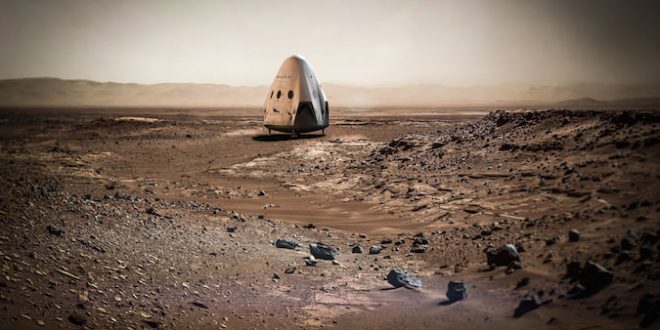SpaceX chief executive Elon Musk is predicting that his company could launch people to Mars by 2024.
The company has already managed to find hundreds of healthy volunteers who are ready to experiment with their lives and spend their remaining days as a part of a Martian colony.
While this may seem encouraging, there are a lot of practical obstacles that people or space agencies planning to set up the Martian colonization program could face. The technologies that could make life easier on Mars, or even the ones required to establish people on the red planet are yet to be developed.
While some of the technology has already been created, scientists do not know yet how that technique would work in the space or on another planet. In such a scenario, visiting our nearest celestial body – moon – seems the most viable option.
Ever since the US President Barrack Obama has set NASA’s space policy, space enthusiasts have started to debate the benefits of visiting moon over a Mars mission. In 2010, Obama advised NASA to first send a human mission to an asteroid before taking the same step for Mars. However, he insisted that the space agency should not plan a mission to the moon, since “we’ve been there before.” The statement made clear that there is a little chance that any mission to the moon could be planned during the Obama administration.
While a lot of discipline and money would be required to devise a mission to Mars, a mission to the moon seems like a logical first step toward Mars. It can teach astronomers about the possible life in space and the changes in the human body that take place in the absence of gravity, similar to what the researchers were able to learn from the International Space Station.
Agencies/Canadajournal
 Canada Journal – News of the World Articles and videos to bring you the biggest Canadian news stories from across the country every day
Canada Journal – News of the World Articles and videos to bring you the biggest Canadian news stories from across the country every day



